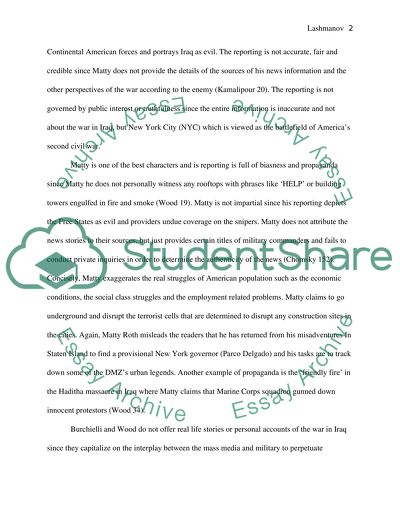Cite this document
(“Role of propaganda on DMZ Graphics Novels Research Paper”, n.d.)
Role of propaganda on DMZ Graphics Novels Research Paper. Retrieved from https://studentshare.org/english/1662502-role-of-propaganda-on-dmz-graphics-novels
Role of propaganda on DMZ Graphics Novels Research Paper. Retrieved from https://studentshare.org/english/1662502-role-of-propaganda-on-dmz-graphics-novels
(Role of Propaganda on DMZ Graphics Novels Research Paper)
Role of Propaganda on DMZ Graphics Novels Research Paper. https://studentshare.org/english/1662502-role-of-propaganda-on-dmz-graphics-novels.
Role of Propaganda on DMZ Graphics Novels Research Paper. https://studentshare.org/english/1662502-role-of-propaganda-on-dmz-graphics-novels.
“Role of Propaganda on DMZ Graphics Novels Research Paper”, n.d. https://studentshare.org/english/1662502-role-of-propaganda-on-dmz-graphics-novels.


